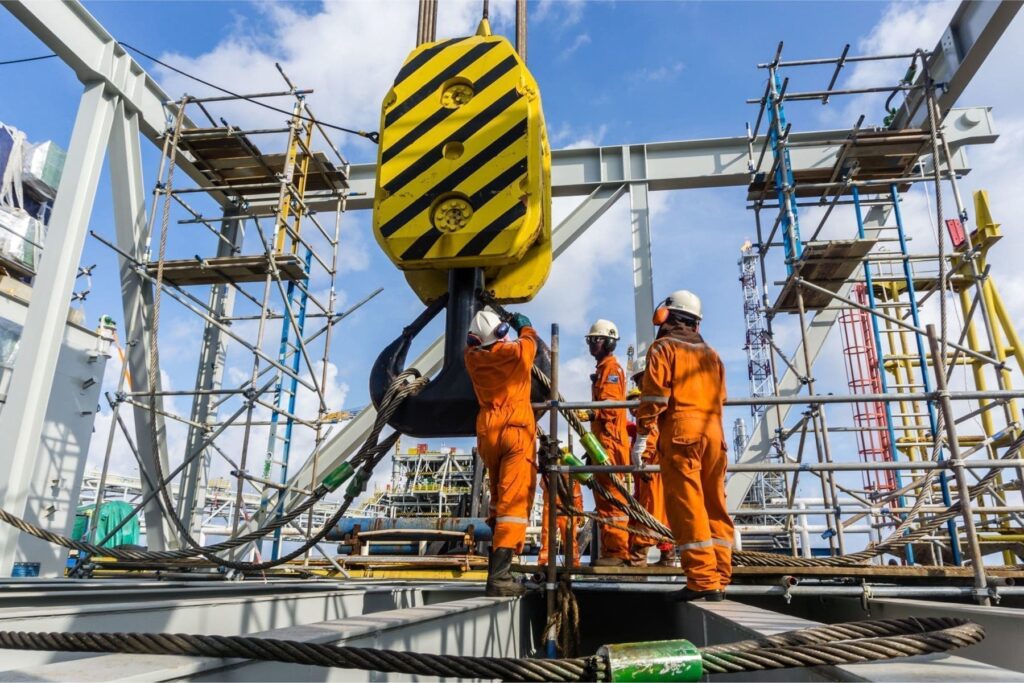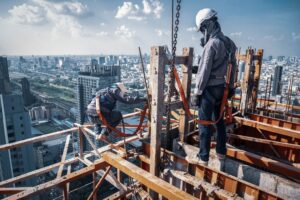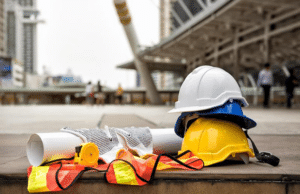

Construction sites are dynamic environments where progress and innovation thrive. However, amid the hustle and bustle of heavy machinery, intricate structures, and skilled labor, safety should always be the top priority. Ensuring the well-being of workers and minimizing risks not only safeguards lives but also contributes to the overall success of a project. In this blog, we’ll delve into the crucial aspects of construction safety and explore ways to build a safer future for the industry.
Risk Assessment and Planning
Before the first brick is laid or the first beam is hoisted, thorough risk assessment is essential. Identifying potential hazards, whether related to the environment, equipment, or processes, allows for proactive measures to be put in place. Construction teams must create detailed safety plans that address specific risks and outline preventive measures. Regular updates to these plans should be made as the project evolves.
Training and Education
A well-trained workforce is the backbone of construction safety. All workers, from seasoned professionals to newcomers, should undergo comprehensive safety training. This includes instruction on the proper use of equipment, emergency procedures, and adherence to safety protocols. Regular workshops and seminars can reinforce these principles and keep safety at the forefront of every worker’s mind.
 Personal Protective Equipment (PPE)
Personal Protective Equipment (PPE)
Personal protective equipment is a cornerstone of construction safety. Hard hats, steel-toed boots, high-visibility vests, gloves, and safety glasses are just a few examples of essential PPE. Ensuring that workers wear the appropriate gear for their tasks significantly reduces the risk of injury. Regular inspections and replacements of damaged PPE should be a standard practice.
Equipment Safety
Construction sites rely heavily on a variety of machinery and equipment. Regular maintenance, inspections, and adherence to manufacturer guidelines are crucial for ensuring the safe operation of these tools. Implementing a system for reporting and addressing equipment malfunctions promptly can prevent accidents and downtime.

Fall Protection
Falls are a leading cause of injuries in the construction industry. Proper scaffolding, guardrails, and fall arrest systems should be in place to protect workers working at heights. Additionally, all workers should be trained in the correct use of fall protection equipment and procedures.
Communication and Coordination
Effective communication is vital on construction sites, where multiple tasks are often being carried out simultaneously. Regular safety meetings, clear signage, and the use of radios or other communication devices can enhance coordination and ensure that everyone is on the same page regarding safety protocols.
Emergency Preparedness
No matter how well safety measures are implemented, accidents can still happen. Having a well-defined emergency response plan, including first aid stations, fire extinguishers, and evacuation procedures, is essential. Regular drills can help ensure that all workers are familiar with these protocols.

Regulatory Compliance
Construction companies must stay abreast of and comply with local, state, and federal safety regulations. Understanding and adhering to these standards not only keeps workers safe but also helps avoid legal consequences and financial liabilities.
Construction safety is a multifaceted responsibility that requires commitment from all stakeholders in the industry. By prioritizing risk assessment, providing comprehensive training, enforcing the use of PPE, maintaining equipment, addressing fall hazards, improving communication, preparing for emergencies, and staying compliant with regulations, the construction industry can build a safer future. It is not only about completing projects but ensuring that everyone goes home safely at the end of each day, contributing to the overall well-being and success of the construction community.
At Carroll Engineering, our commitment to safety is exemplified through our observance of Construction Safety Week, held annually from May 6 to 10. By actively participating in Construction Safety Week, we reinforce our dedication to creating a secure and healthy work environment for all our employees and stakeholders, ensuring that safety remains a top priority in every aspect of our operations.
